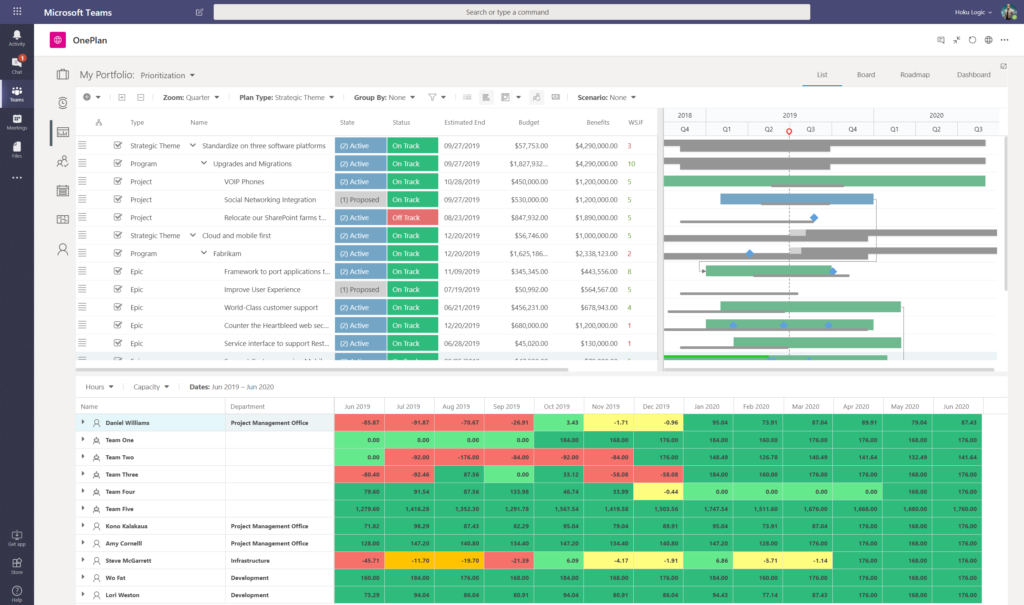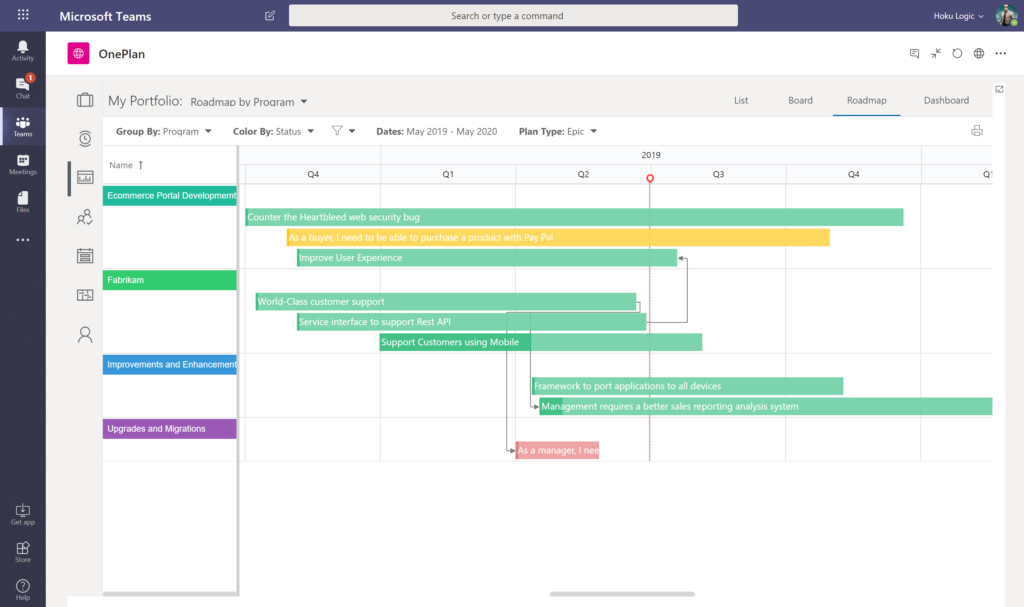SEM was designed to bridge the shortcomings of PPM and create a truly customizable solution for business needs. Understanding the difference between PPM and SEM is essential to ensure your organization is getting everything it needs to achieve greater success.
What is the difference between traditional PPM and Strategy Execution Management?
PPM is a valuable resource for many companies. It allows for precise tracking of action items and time spent on various projects. PPM increases the level of transparency within the organization, making it easier to apply adjustments to current projects. This ultimately leads to better project execution by properly utilizing time and investments.
The drawback of traditional PPM is that it focuses solely on task completion. While having detailed accounts for individual projects is valuable, it lacks the wholistic approach that enables strategic decisions to be made on a broader scale. Often drawing broad conclusions from PPM requires users to sift through massive amounts of information, decreasing the big picture effectiveness.
Strategic Execution Management Software
Where traditional PPM falls short, SEM picks up the slack. Thus, providing more insight into the development of strategic roadmaps. Quality SEM bridges the gaps between many functional areas and marries them into one solution.
OnePlan is one such example. By providing an easily understood interface that can be customized based on project and objective, there is no longer a need to spend copious amounts of time sifting through information.
SEMs like OnePlan enable teams to validate strategic decisions. By linking strategic portfolio, financial and resource management solutions, it is easy to see the individual impact of each project and forecast the effects of future endeavors.
Lastly, having this information easily accessible across the organization provides an excellent framework on which to add additional tasks. Increasing transparency enables departments to understand what resources are available to them and make educated decisions on how to best use them.
Getting Started
PPM tools are a great way to get a project rolling and provide good management of it, but that’s a small piece of what’s possible. This is the age of wholistic solutions, and tools like OnePlan provide an encompassing view of the entire resource pool.
Do not stop moving forward; bridge the gap between strategy and execution.



